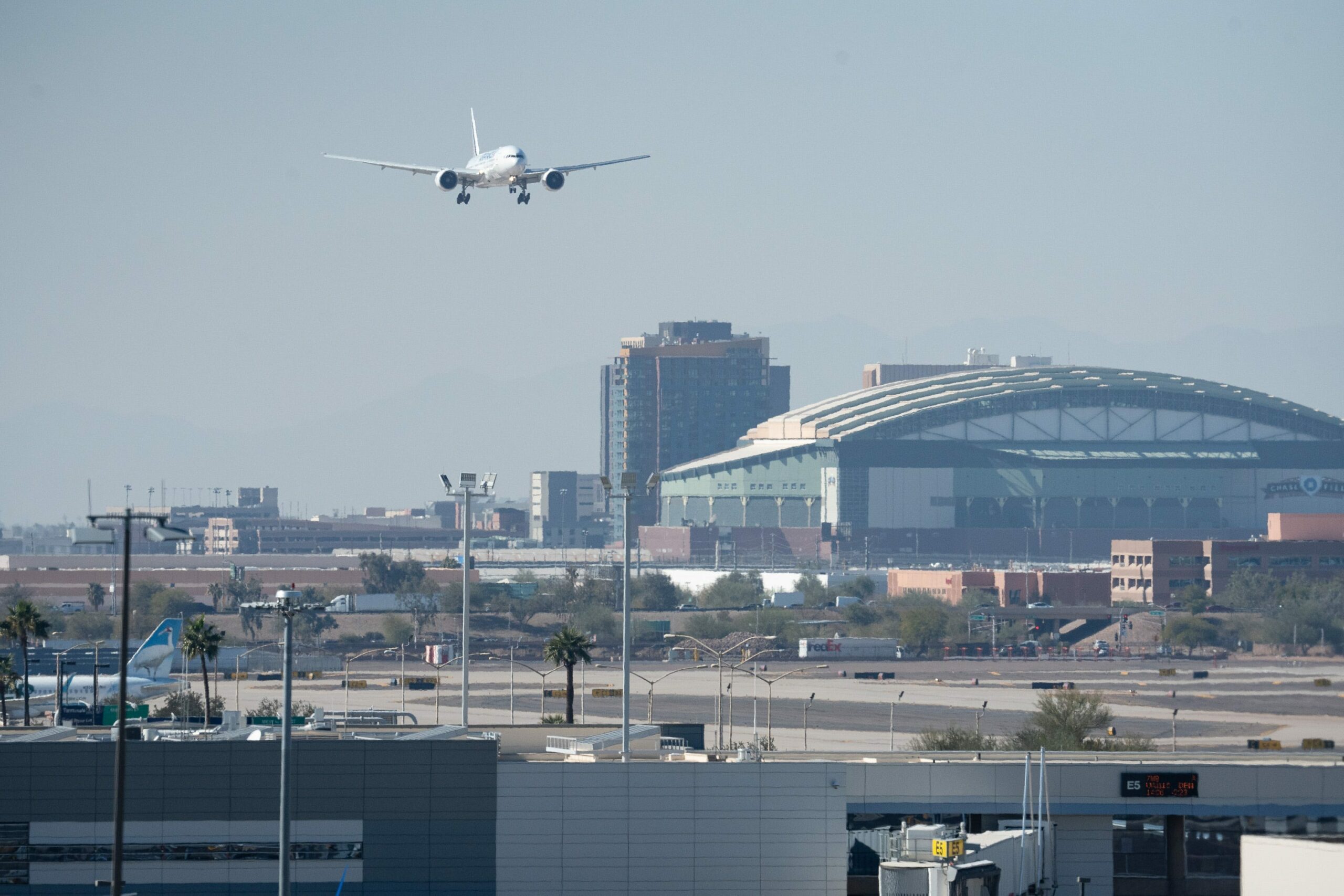Spirit Airlines Faces Uncertain Future Amid Financial Challenges
Spirit Airlines, a budget airline based in Dania Beach, Florida, has raised concerns about its survival within the next 12 months. The airline, known for its ultra-low-cost model, filed for Chapter 11 bankruptcy protection in November 2024. Following this, it attempted to rebrand itself as a premium carrier, aiming to attract more affluent travelers.
However, on August 11, 2025, Spirit Airlines disclosed in a filing with the Securities and Exchange Commission that it is uncertain whether it can meet the financial obligations outlined in the terms of its bankruptcy exit. This revelation has sparked questions about the airline’s future and potential impacts on air travel at Phoenix Sky Harbor International Airport.
Why Is Spirit Airlines at Risk?
Despite emerging from bankruptcy and rebranding efforts, Spirit has faced weak demand for leisure travel during the spring and early summer of 2025. The airline reported an “elevated” number of available seats on flights, leading to a challenging pricing environment. In its SEC filing, Spirit acknowledged continued challenges and uncertainties in its business operations, expecting these trends to persist for at least the remainder of 2025.
To address these issues, Spirit has taken several measures, including introducing a premium economy fare class and furloughing 270 pilots. Future steps may involve selling certain aircraft, real estate, and excess airport gate capacity. However, the airline cannot guarantee that these actions will keep it operational.
What Does This Mean for Passengers?
Spirit Airlines is still operating, but its future remains unclear. At Phoenix Sky Harbor International Airport, the airline maintains a smaller presence compared to its main budget competitor, Frontier Airlines. Spirit’s website lists approximately 50 routes out of Sky Harbor, including nonstop flights to destinations like Detroit and Fort Lauderdale. While the Detroit route operates four days a week, the Fort Lauderdale route flies twice weekly.
Passengers can also connect through Phoenix to various destinations, such as New York City, Washington, D.C., Bogota, Colombia, Cancun, Mexico, and Santo Domingo, Dominican Republic. However, the number of passengers has declined significantly. In 2024, Spirit carried 366,029 passengers at Sky Harbor, down from 583,926 in 2023. Frontier, in comparison, transported 2.7 million passengers at Sky Harbor in 2024.
What’s Next for Spirit?
The airline’s financial outlook remains precarious. In its SEC filing, Spirit stated that management has concluded there is substantial doubt about its ability to continue as a going concern within 12 months from the date of the financial statements. This uncertainty raises concerns about the potential loss of flights at Sky Harbor if the airline were to shut down.
While the situation is still evolving, travelers should remain informed about any changes that might affect their plans. As the airline navigates these challenges, its ability to adapt and secure financial stability will be crucial for its survival.
Conclusion
Spirit Airlines’ journey from bankruptcy to rebranding has not been without hurdles. With weak leisure travel demand and ongoing financial difficulties, the airline faces a tough road ahead. Whether it can overcome these obstacles and continue serving its customers remains to be seen. For now, passengers can still fly with Spirit, but the future of the airline is uncertain.



